Once again, let me stress that rehabbers don’t operate in a vacuum, and we don’t attempt to keep or rehab animals that are beyond our skill levels or our facility setup because they’re “cute” or to satisfy our egos. We maintain contact with each other on an as-needed basis so that we can arrange transfers like this one to place the animal where it will have the best chance at eventual release. Lorraine has the ideal setup for rehabbing beavers AND she has other beavers; I have neither. Beaver Butt’s chances of release increased by 100% when Lorraine agreed to the transfer. THIS is what wildlife rehab is all about—cooperation to ensure the best outcome for the critters.
In other news (sounds like I’m CNN or something! Maybe WNN—Wildlife News Network), the baby birds keep coming in…
The finches are actually good to go but refuse to leave the flight pen. This isn’t unusual for finches; they’re slow to leave the security of a sure meal, even when they’re pretty close to totally self-feeding. The mourning dove is totally self-feeding but looks at me as if to say, “Are you crazy? It’s a scary world out there!” when I mention release. I tried for three days last week to convince these slowpokes it was time to go, but I never force the issue. I prefer what’s known as a soft release, where the bird can decide when it’s comfortable choosing freedom and can continue to come down for supplemental feedings until its skill level and confidence are at appropriate levels.
This is a textbook example of doing things right. She didn’t intervene at first other than to restrain her dog for the birds’ safety. She watched from a secluded area to see if the parents were feeding the birds. She did NOT attempt to feed them herself. She didn’t call half the neighborhood over to gawk and handle the birds. When all four sibs ended up unnested with no parents in sight, she rescued the birds and called me. The result? One of the smaller thrashers has a leg injury, a result of hopping from the nest—these babies may look flight-worthy but they’re still flying like feathered bricks. Otherwise, they’re in great shape and as you can see, two are already perching.
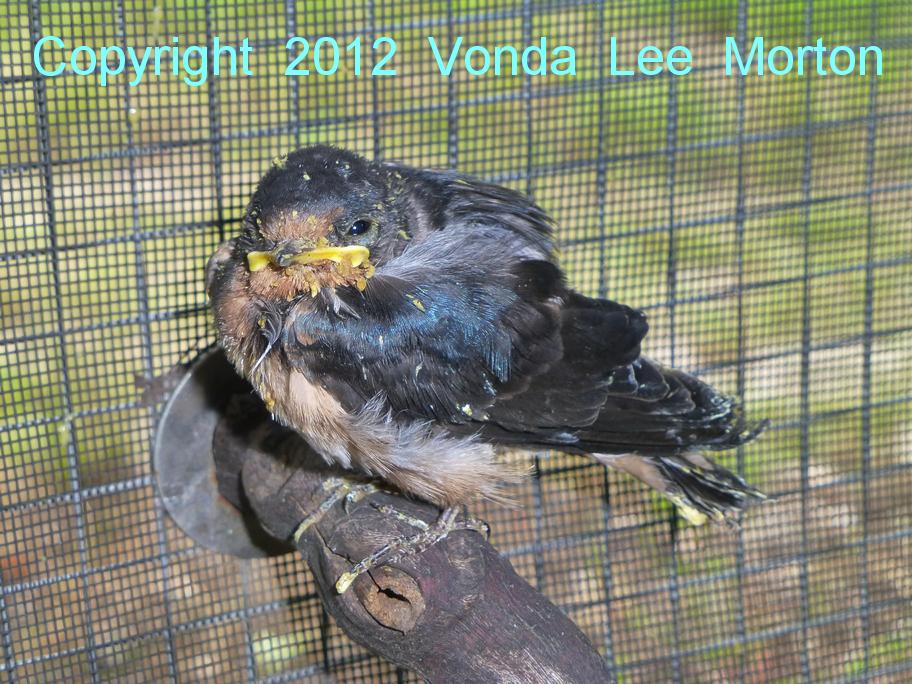
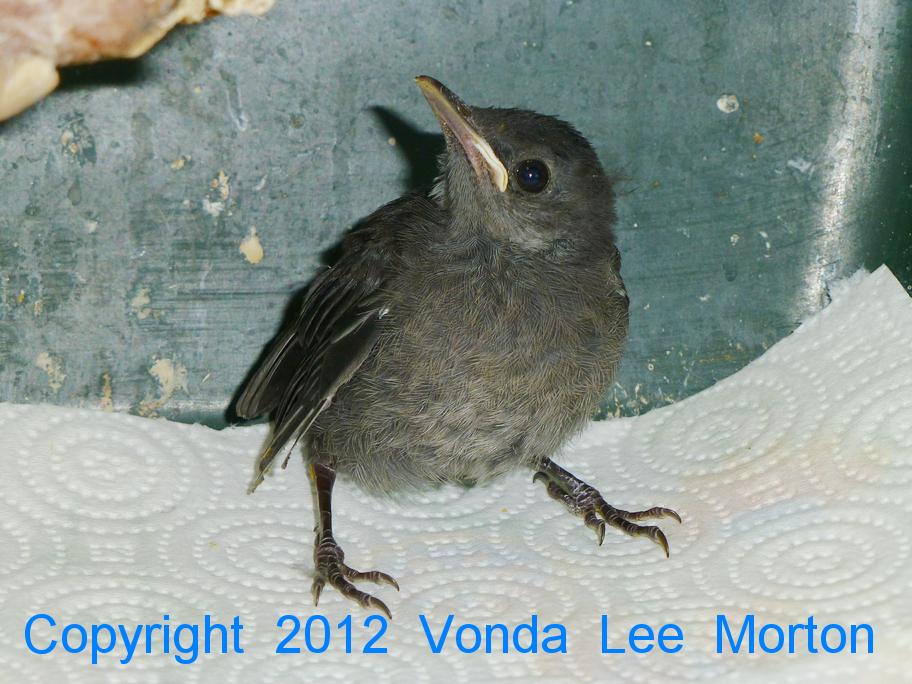
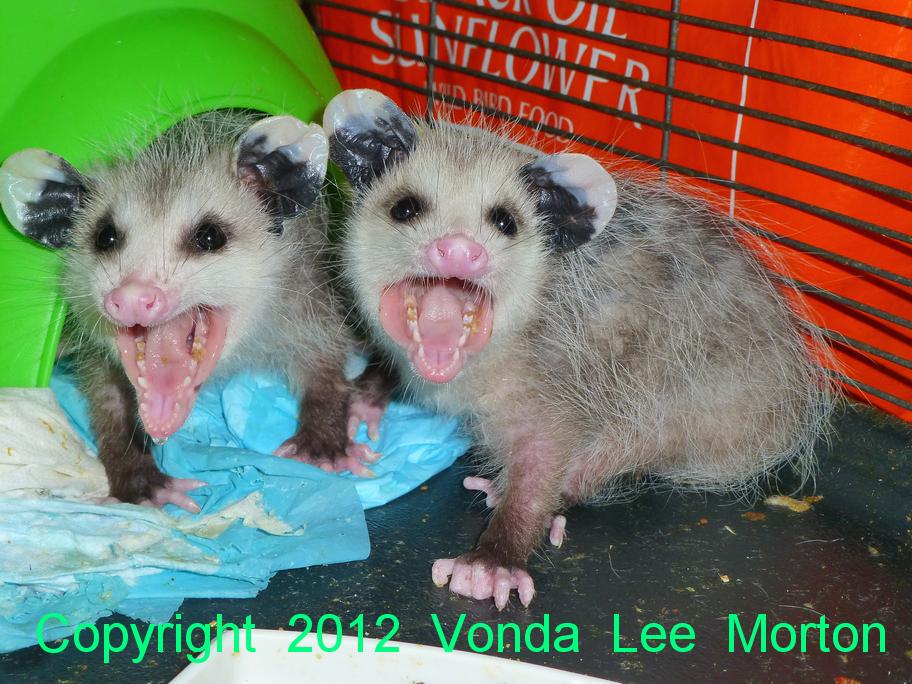
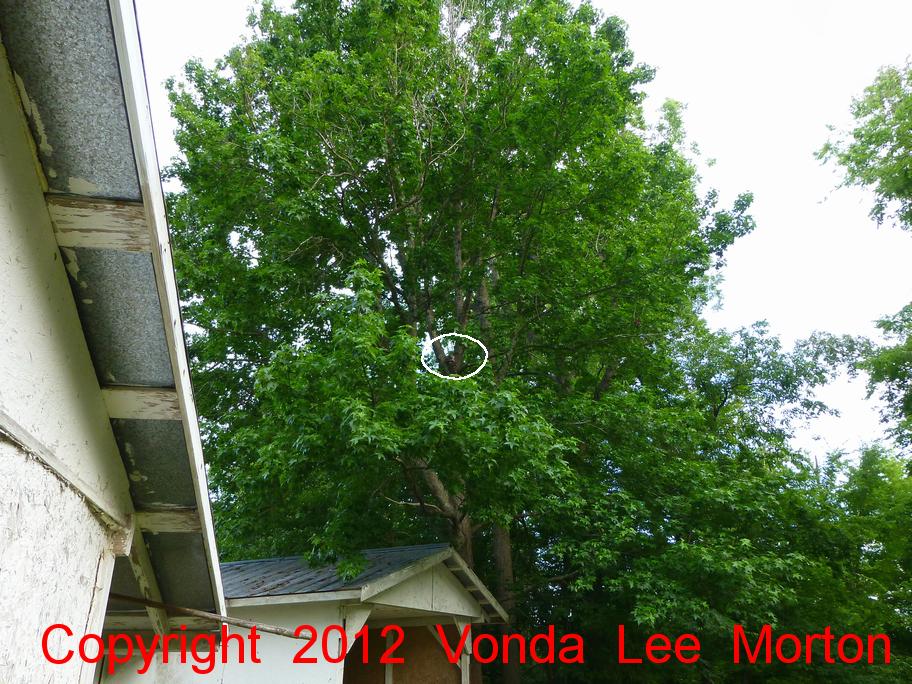
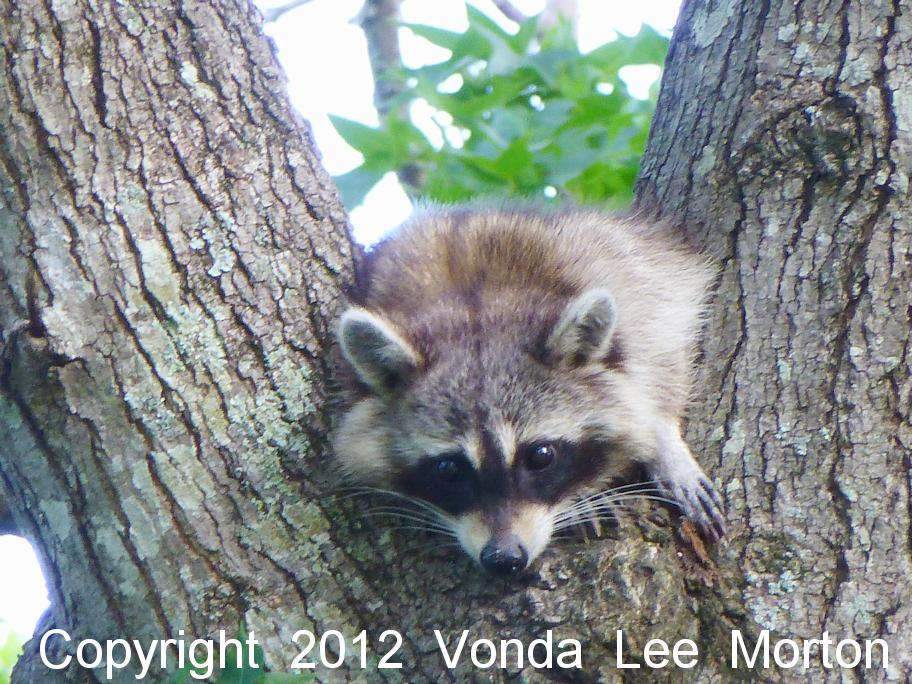
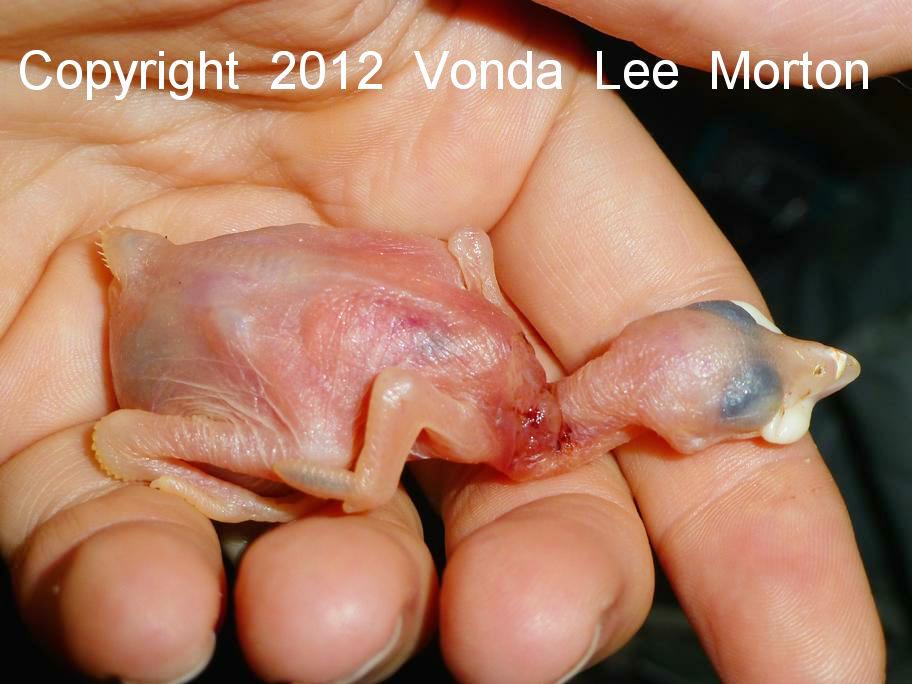
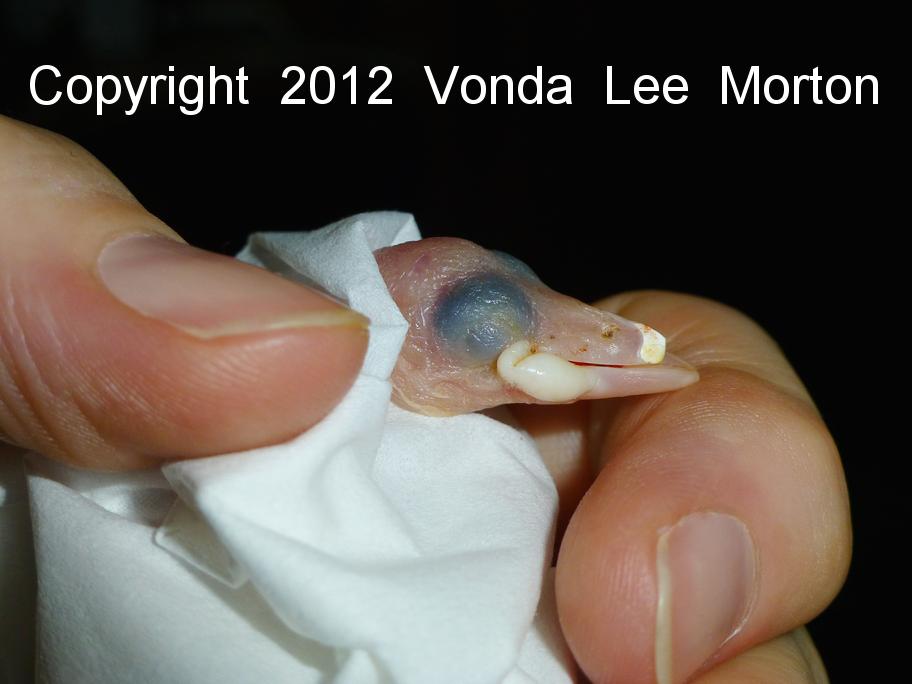
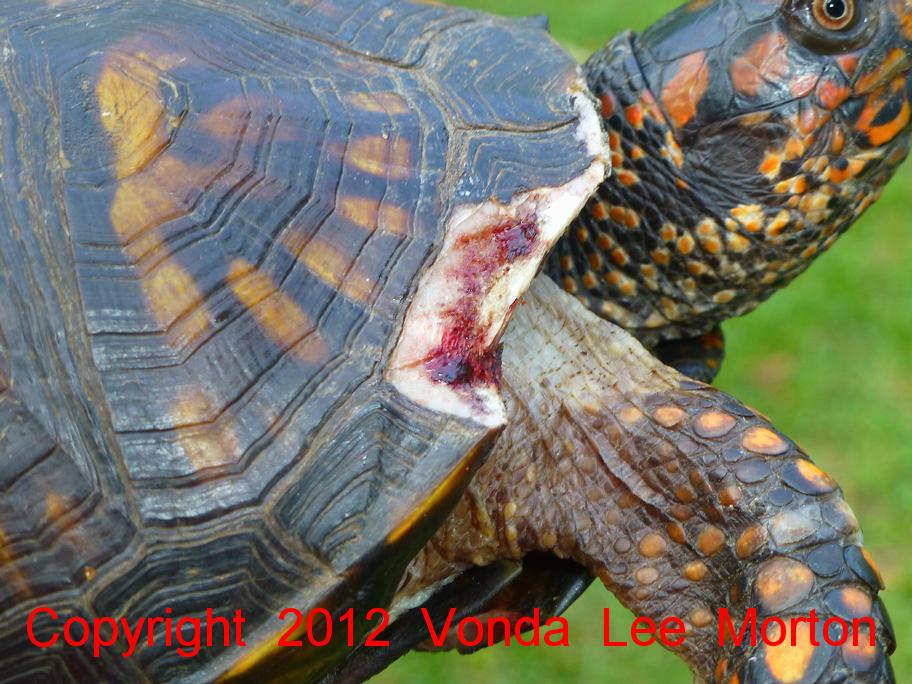
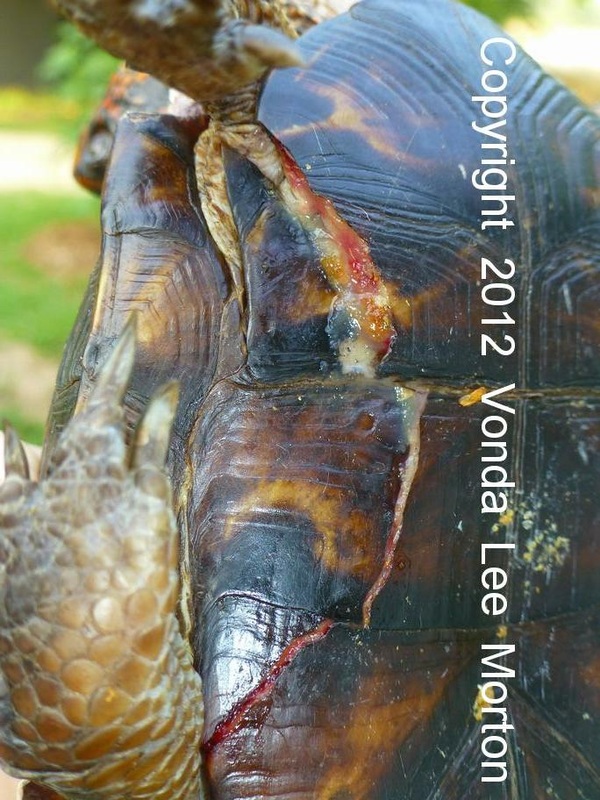
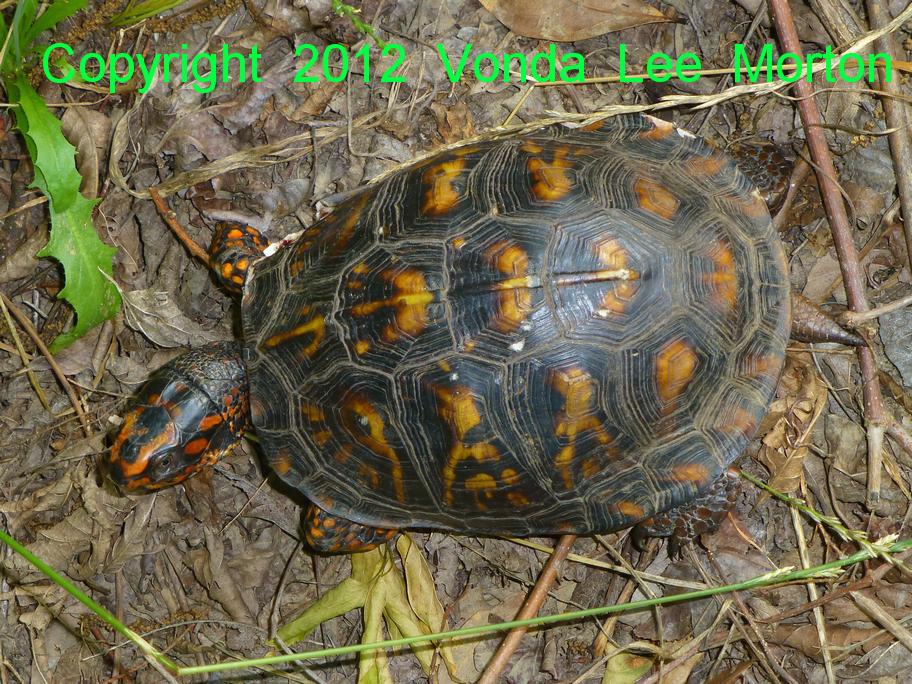
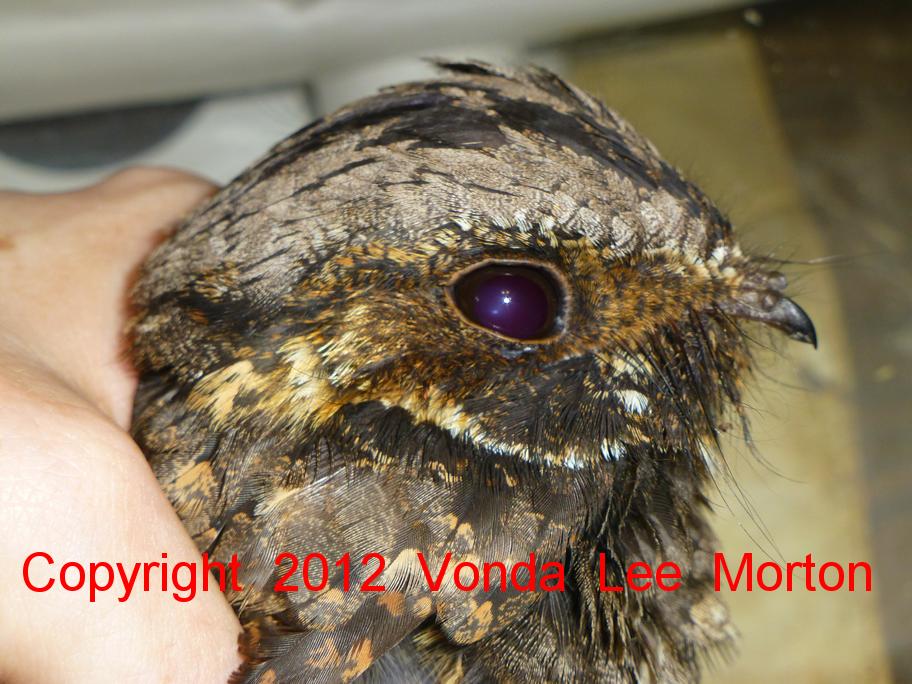
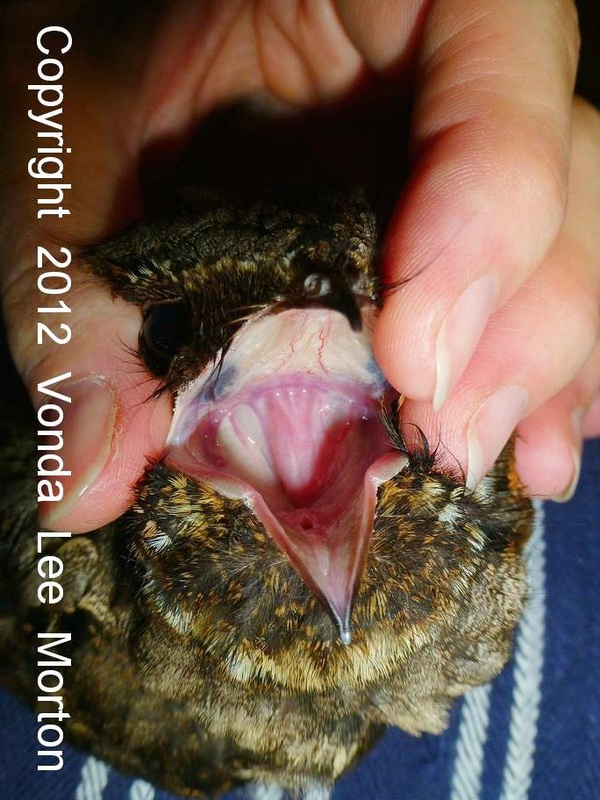
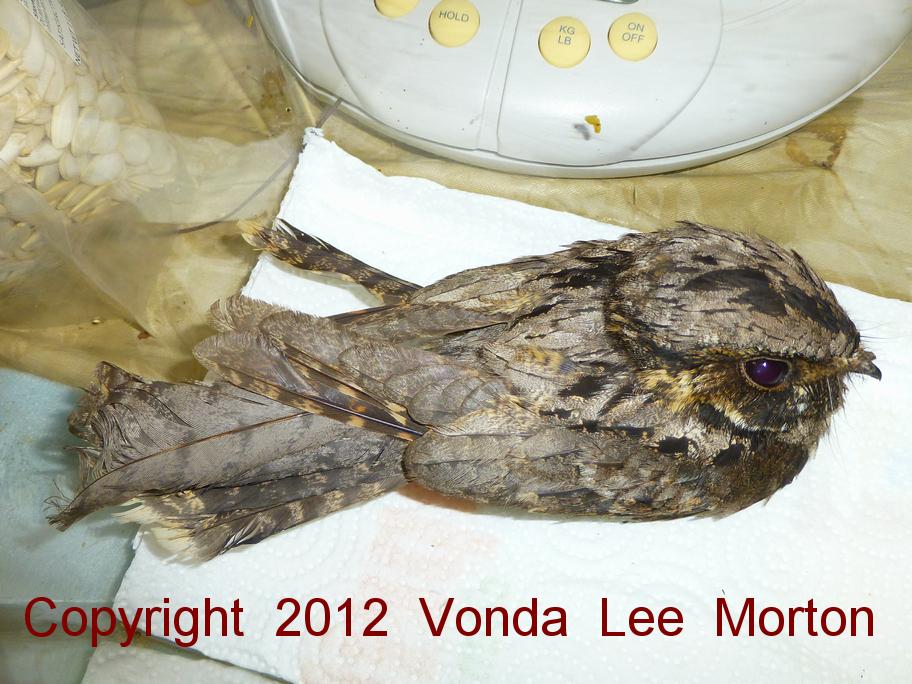
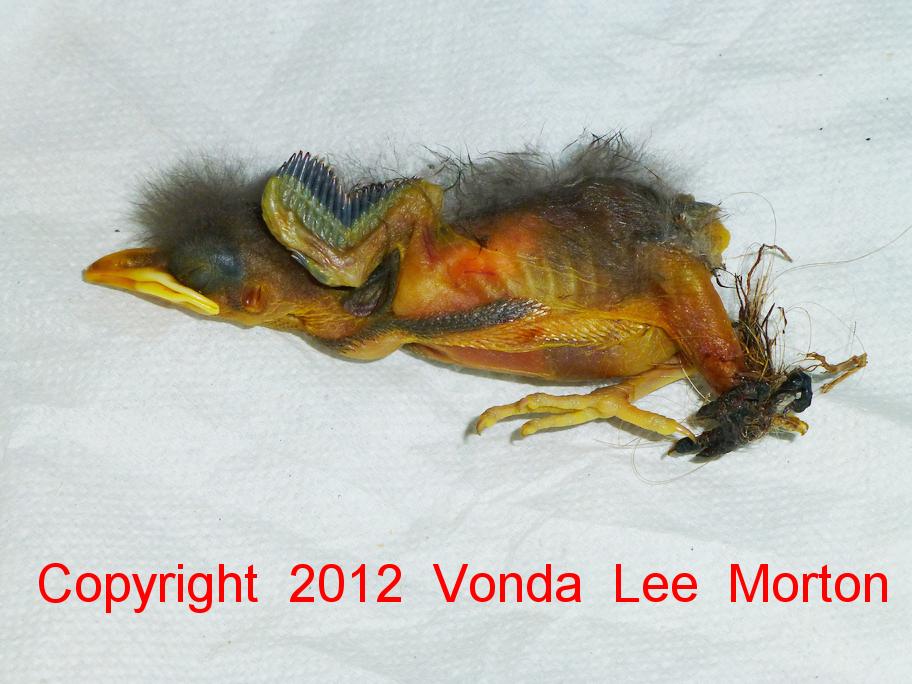
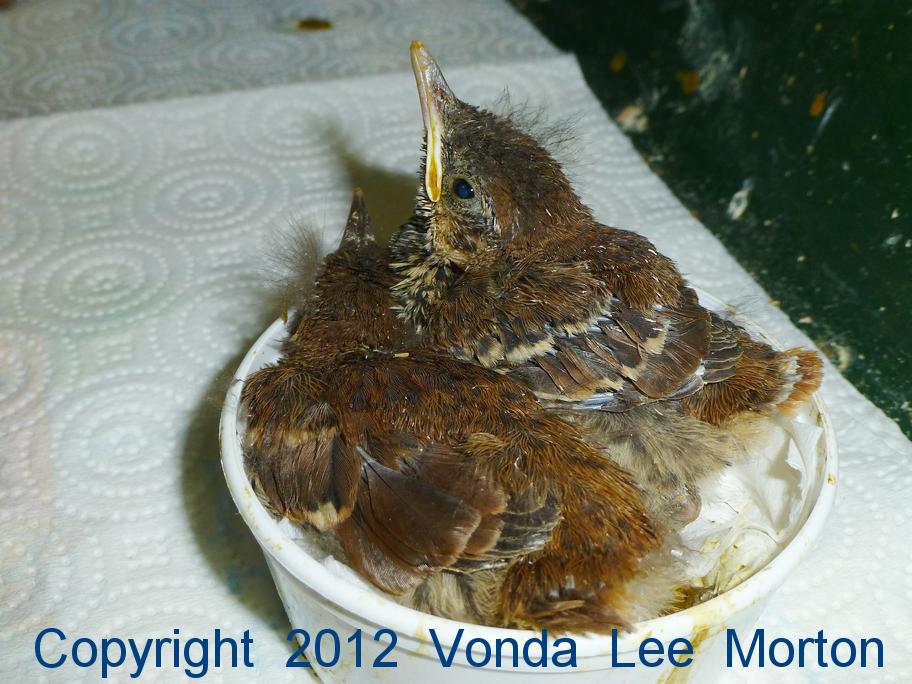
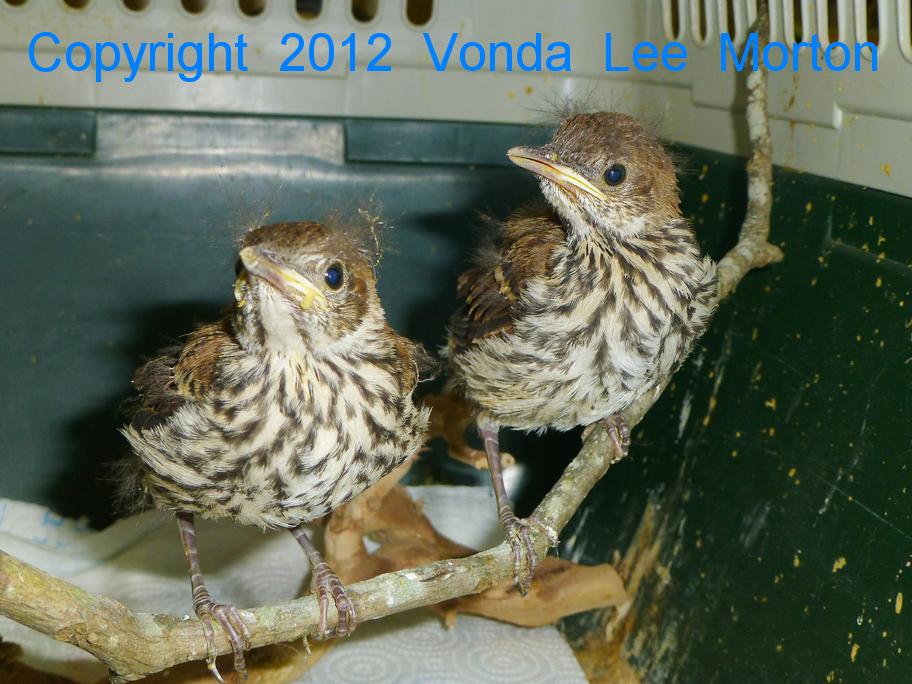
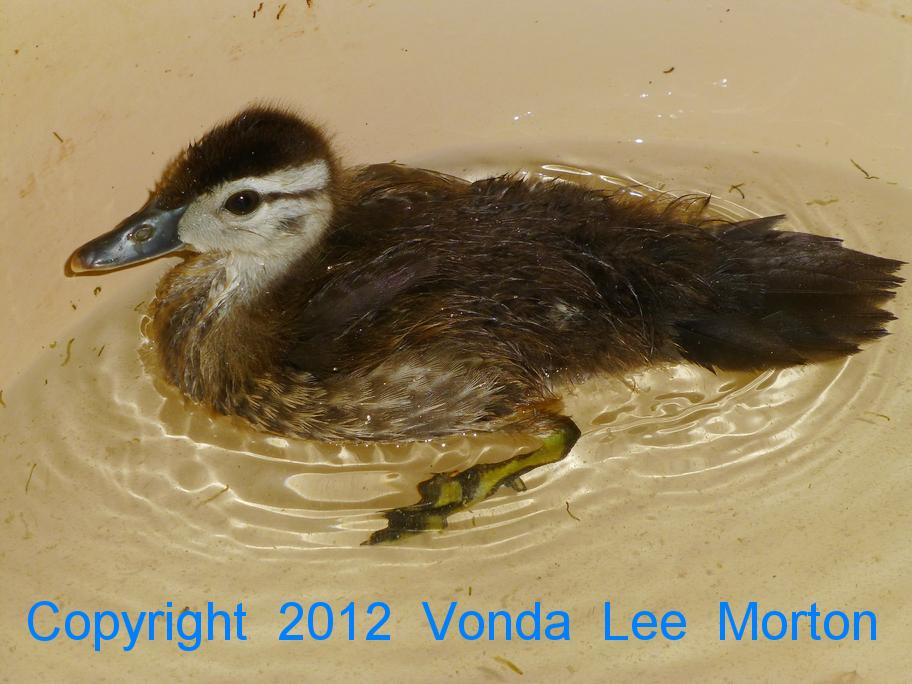
 RSS Feed
RSS Feed
